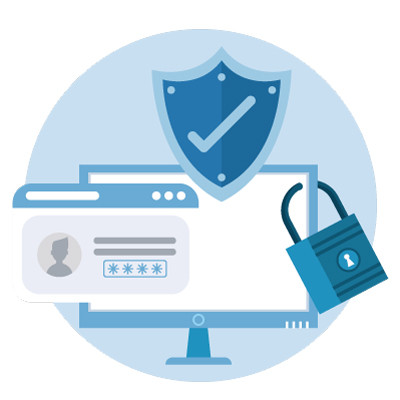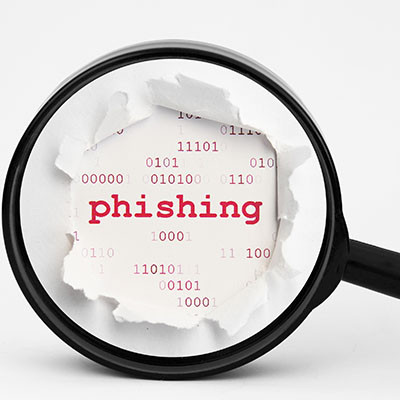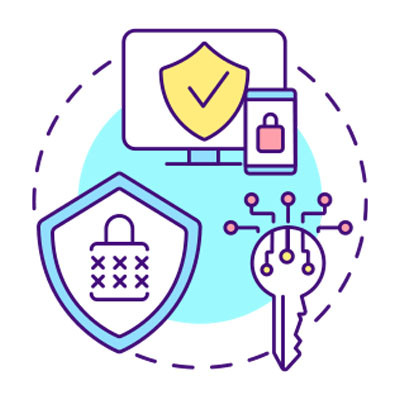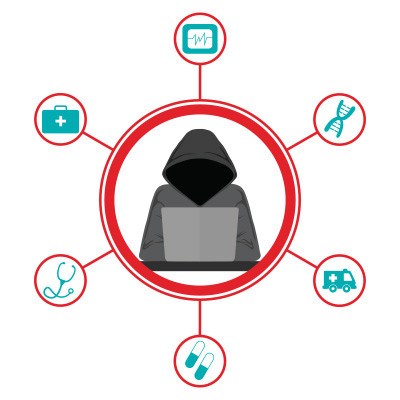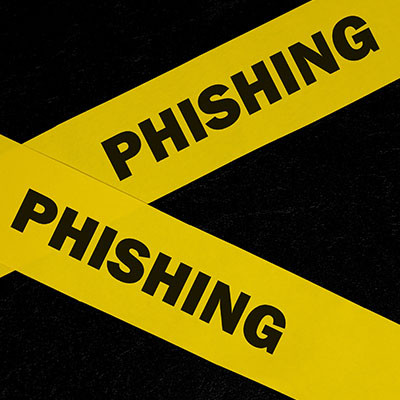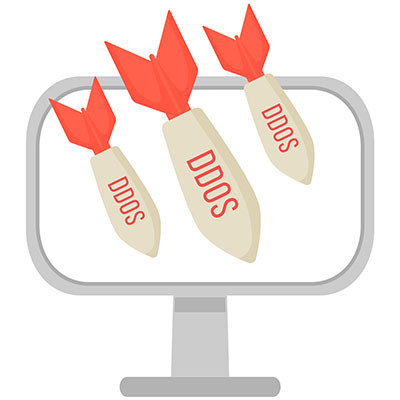JS Business Solutions Blog
"I don’t need to worry about cybersecurity… my business is too small to be in the crosshairs of hackers."
This is one of the most dangerous mistakes a small business can make when it comes to cybersecurity. If you think this way, it shows you might not understand how modern cyberthreats work. Let’s break it down and show you why this mindset can be risky.
Problems with cybersecurity can really sink your business. Unfortunately, more opportunists are out there today looking to profit off of business’ lack of vigilance. One example of this are large-scale scam operations that have been running in Southeast Asia, and they are now spreading to other parts of the world. These scams, called "pig butchering" scams, have caused major harm, with around $75 billion lost worldwide in 2023.
Sextortion scams are far from glamorous. These attacks involve a scammer claiming to have compromising photos or videos of their target engaged in explicit activities—often suggesting this footage was captured through their online behavior. The scammer then threatens to release this material unless a ransom is paid.
You’ve more likely than not purchased a ticket through Ticketmaster at some point in your lifetime, so you might be interested to find out that Live Nation Entertainment—Ticketmaster’s parent company—has had to file an 8-K with the Security and Exchange Commission to admit that 1.3 terabytes of data had been hacked. The result is that more than 560 million customers’ personal information was stolen from company servers.
Password management is always a sticking point for businesses (and even individuals), but it doesn’t have to be as hard as you make it. With the increased risk of cybersecurity attacks and advanced threats, you cannot rely on one singular password as you may have once done. Instead, you need complex passwords housed in a password manager that makes remembering your passwords significantly easier.
It’s hard to tell people that “we are under attack” all the time and actually mean it. There are a couple of reasons for this. First, the more you tell people they are under threats that don’t actually affect them, the more distrust or even disdain develops for the issuer of these revelations. Second, people will never actually understand that they are under threat until something happens that proves to them that they need to be more careful.
Concerns over operational expenses, particularly regarding technology, weigh heavily on many business owners. For some, these expenses can spiral out of control, leading to financial problems in vital areas of the organization. Every business needs to ask how it can rectify its IT spending to bring on a culture of overall improvement.
One of the most dangerous types of threats is the many phishing scams you and your employees could fall victim to. While it might be tempting to poke fun at the people who succumb to seemingly obvious phishing attacks, the reality of the matter is that some phishing attacks are anything but, and they are only growing more sophisticated over time.
Data security is an ongoing challenge, given the evolving tactics of hackers and scammers. IT administrators face a complex situation as these threats become more sophisticated. Employing security measures such as multi-factor authentication (MFA) or two-factor authentication (2FA) has emerged as an effective means to enhance organizational data protection. In this discussion, we will go into the advantages of this approach while acknowledging its limitations in providing comprehensive security.
Hackers and scammers are everywhere and are continuously littering your business with situations that could put its operations in jeopardy. One of the most hacked industries is healthcare, as hackers make a point at going after patient information. Let’s go through some of the reasons why hackers find health data so attractive.
What happens when the tools designed to keep organizations safe from network breaches, are the victim of a cyberattack? After all, these tools are just applications, albeit sophisticated pieces of security software, they can run the risk of being exploited much in the same way any other software is. This is exactly what happened to cybersecurity giant Barracuda as it was the victim of a zero-day exploit. Let’s take a look at the hack and how you can protect your business from sharing the same fate.
A modern network, when properly configured and protected with modern cybersecurity tools, can be extremely secure. Since that’s been the trend for some organizations over the years, hackers have been looking for ways around the security many businesses have in place. If hackers can’t break in through normal means, they will turn to other, more insidious methods, like phishing attacks, to get what they are after.
Phishing is a pressing issue for everyone, not just businesses. The main problem is that the phishing messages keep getting more and more sophisticated and keep coming and coming until, eventually, something negative happens. For this week’s tip, we wanted to discuss the different types of phishing you can encounter.
Admit it, you don’t know all that much about cybersecurity. In this blog, we spend a lot of time discussing security issues. After all, today there are more threats than ever and many different types of problems that IT administrators, business decision-makers, and even individual employees have to deal with. Over the next two weeks, we have decided to discuss the reality of cybersecurity and what you need to know to get out in front of it.
We make a consistent point to urge our readers to take their organizational cybersecurity seriously. This is because there are threats out there that are targeting your business, no matter how small it is. This week, we take a break from the itemized list of security tips to present 2022’s most devastating cyberattacks to give you an idea what hackers today can do.
Back in December of 2021, an API vulnerability impacting Twitter was disclosed. Just a few months later, in July, data from more than 5.4 million users—obtained through this vulnerability—was put up for sale, and more recently, another hacker shared the data online. Let’s take the opportunity to examine the concept of an API attack, and what can and should be done to stop them.
While it may not be the first target one might think of when it comes to cyberattacks, a recent Distributed Denial of Service (DDoS) attack on the Vatican’s official website only proves that cyberattacks can potentially influence any organization. Let’s consider the situation, as well as what lessons we can all take away from it.






